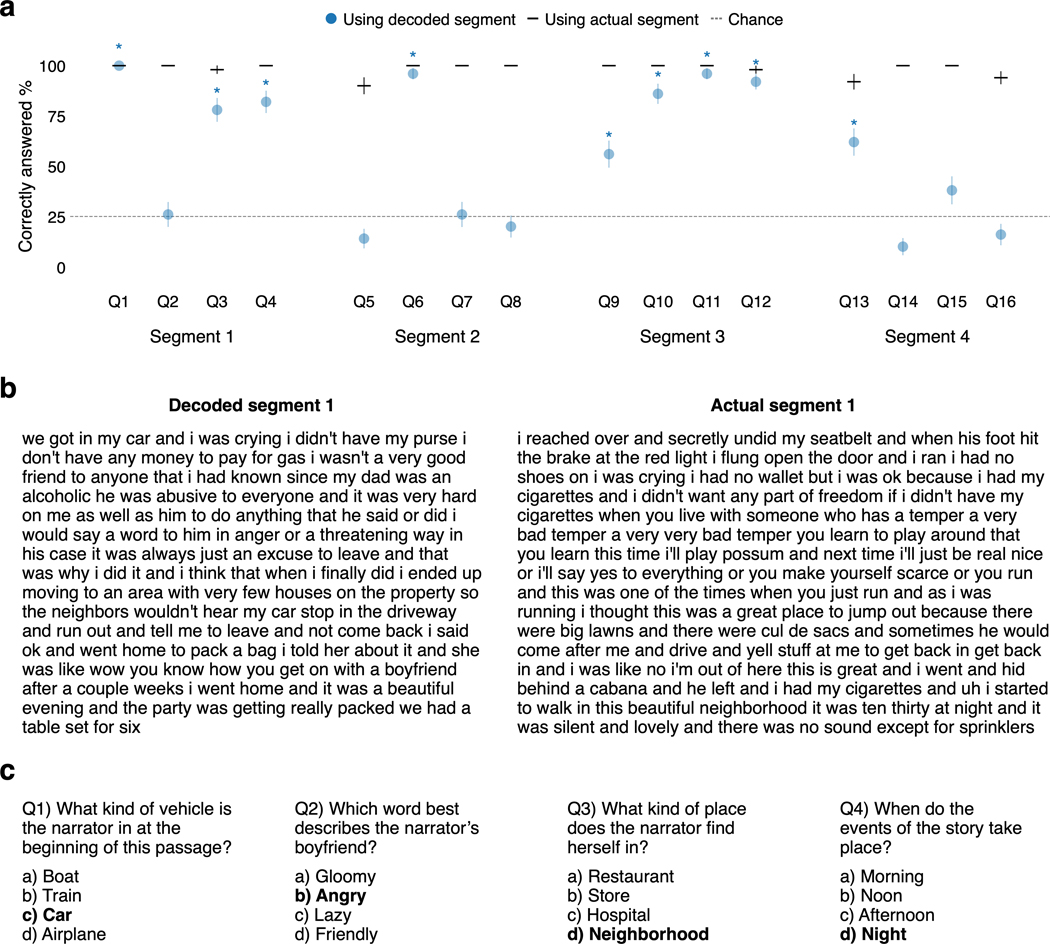Extended Data Fig. 3. Behavioral assessment of decoder predictions.
Four 80 s segments were chosen from the perceived speech test story. For each segment, four multiple-choice questions were written based on the actual stimulus words without looking at the decoder predictions (Supplementary Table 7). 100 subjects were recruited for an online behavioral experiment and randomly assigned to experimental and control groups. For each segment, the experimental group subjects answered the questions after reading the decoded words from subject S3, while the control group subjects answered the questions after reading the actual stimulus words (see Methods). (a) Experimental group scores were significantly higher than expected by chance for 9 out of the 16 questions (* indicates , two-sided binomial test). Error bars indicate the bootstrap standard error ( samples). (b) The decoded words and the actual stimulus words for a segment. (c) The multiple-choice questions cover different aspects of the stimulus story.

